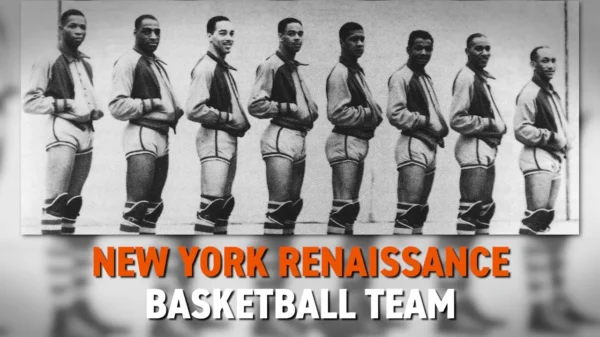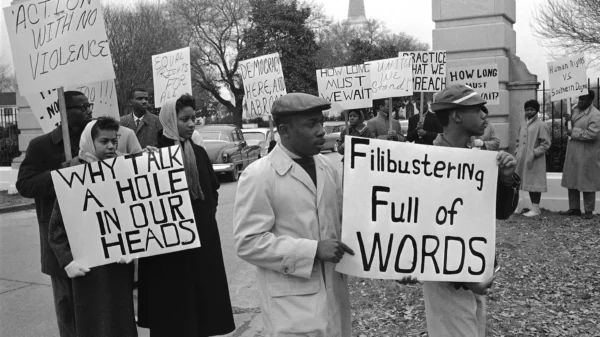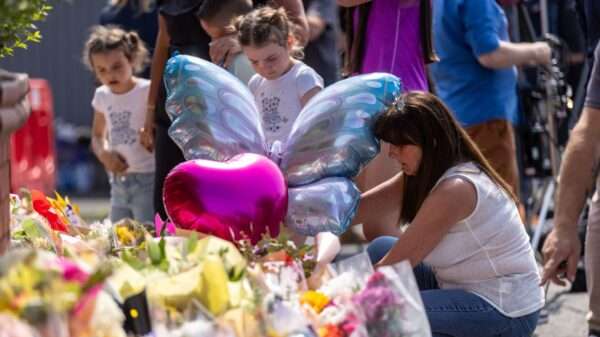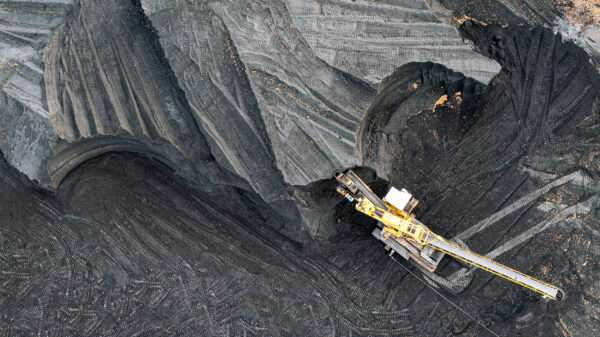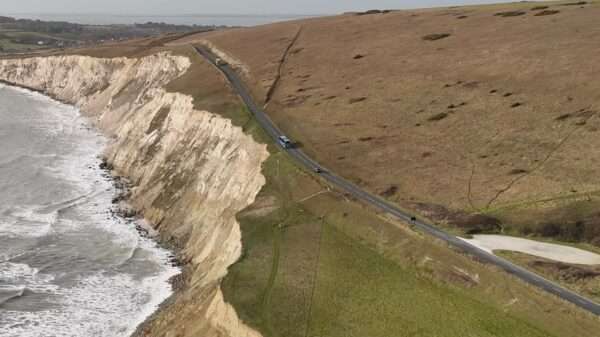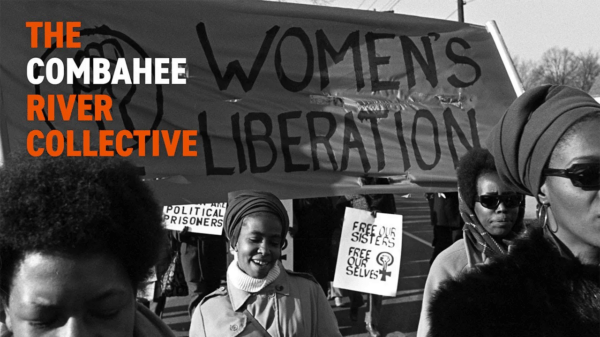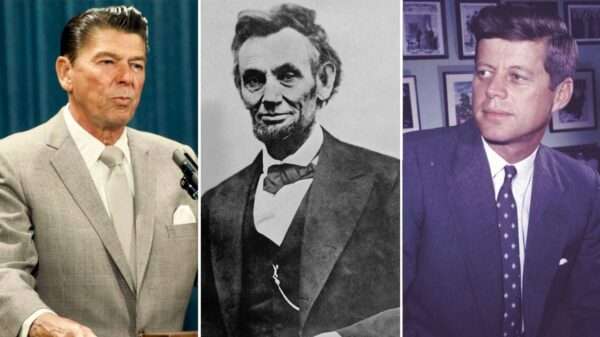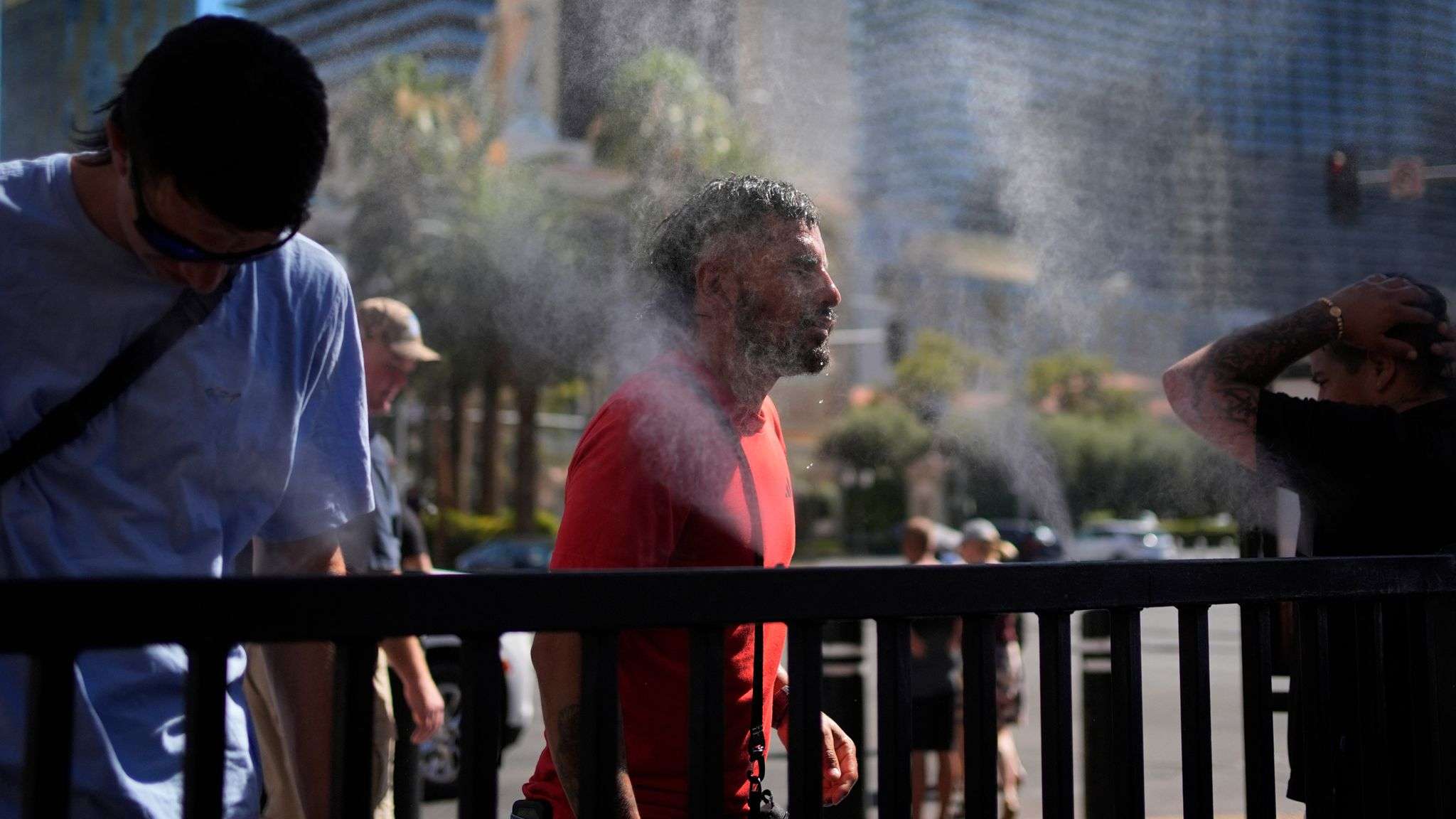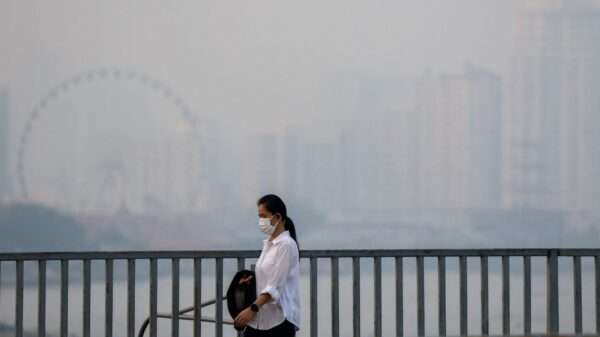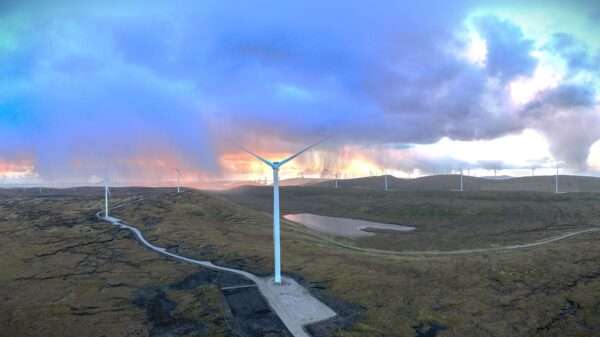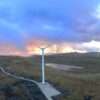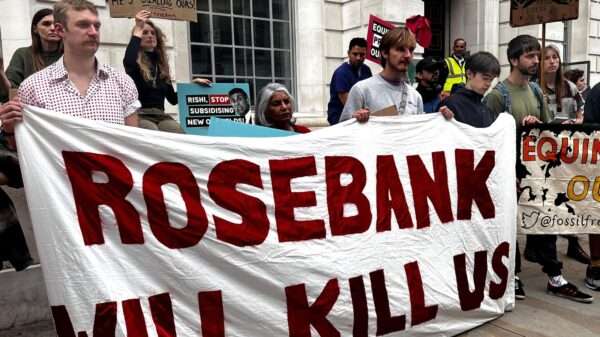Las Vegas has shattered its all-time temperature record, with the mercury soaring to unprecedented heights in the midst of a relentless heatwave. This extreme weather event has gripped the southwestern United States, pushing temperatures to dangerous levels and underscoring the escalating impacts of climate change. In a tragic turn of events, the severe heat has claimed a life in the nearby Death Valley, where a motorcyclist succumbed to heat exposure.
The temperature in Las Vegas reached a staggering 117 degrees Fahrenheit, surpassing the city’s previous record and setting a new benchmark for extreme heat in the region. The relentless sun and scorching heat have transformed the bustling city into a furnace, with residents and visitors alike seeking refuge in air-conditioned spaces to escape the oppressive conditions. The intense heatwave has also strained local infrastructure, with increased demand for electricity leading to power outages in some areas.
Meanwhile, in Death Valley, one of the hottest places on Earth, a motorcyclist tragically died from heat exposure. Death Valley is notorious for its extreme temperatures, which regularly exceed 120 degrees Fahrenheit during the summer months. The unforgiving environment presents a constant risk to those who venture into its vast, arid landscape. The motorcyclist’s death serves as a stark reminder of the dangers posed by such extreme heat and the importance of taking precautions when traveling through these harsh environments.
This heatwave is part of a broader pattern of rising temperatures and extreme weather events linked to climate change. Scientists have warned that as the planet continues to warm, the frequency and severity of heatwaves will increase, posing significant risks to human health, infrastructure, and ecosystems. The record-breaking temperatures in Las Vegas and the tragic death in Death Valley highlight the urgent need for action to mitigate the effects of climate change and adapt to its inevitable impacts.
In response to the extreme heat, local authorities have issued heat advisories and warnings, urging people to stay indoors, stay hydrated, and avoid strenuous activities during the hottest parts of the day. Public cooling centers have been set up to provide relief for those without access to air conditioning, and emergency services are on high alert to respond to heat-related illnesses.
The unprecedented temperatures in Las Vegas and the fatal heat exposure incident in Death Valley serve as a sobering reminder of the power of nature and the increasing challenges posed by a warming climate. As cities and communities across the globe grapple with the realities of climate change, the experiences of Las Vegas and Death Valley underscore the need for robust strategies to protect people and infrastructure from the escalating risks of extreme weather.







